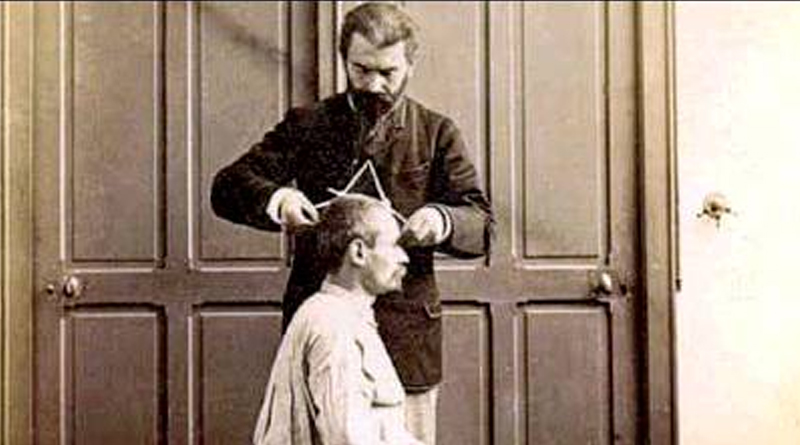Statisticians are not crooks. But their methodologies do need to change
Swaminathan S Anklesaria Aiyar
The government has junked the 2017-18 National Sample Survey Office (NSSO) consumption survey which, accordingly to a leaked report, showed total consumption declining by 3.7% between 2011-12 and 2017-18, and rural consumption falling 8%. Protests have erupted from Opposition parties and a group of 214 academics.
On the other hand, Surjit Bhalla, now India’s executive director in the International Monetary Fund (IMF), has lambasted the NSSO findings as unbelievable. He has shown that between 2011-12and 2017-18, sales of cars rose 31.5%, of two-wheelers 45.6%, of airline passengers 95.6% and of cellphone users 44.4%. This is totally incompatible with the NSSO claim of falling consumption.
Diverging Divergence
Bhalla further says that the ratio of NSSO to GDP estimates (made by the national accounts) of consumption had plunged steadily from 95% in the 1960s to just 55% in 2011-12, and now to an incredible 33% in 2017-18. No economic explanation can explain such a huge, rising divergence. Something may be wrong with GDP data. But, clearly, much more is wrong with the NSSO data.
In a recent interview in Mint (bit.do/ fjrfu), Pronab Sen, the most respected statistical expert in India, says whenever the statistical system throws up bad news, the government tries to suppress or discredit it. He is correct. GoI should not suppress data even when inconvenient. But that does not mean NSSO data are sacrosanct and cannot be questioned, or called incredible.
As I related in this column last fortnight (bit.do/fjskC), even in the US, household surveys provide serious underestimates so regularly that a recent academic paper was titled ‘Household Surveys in Crisis’. We should accept that NSSO household surveys are flawed, not because the statisticians are liars or saboteurs, but because all such surveys are inherently flawed, more so in India’s circumstances.
We need a drastic overhaul of NSSO survey methodologies. Survey data must not be hidden as being politically embarrassing. Rather, they should be published along with a frank discussion of their flaws. This is happening in the US, where, too, household surveys underestimate consumption by up to 40%. US academics are trying to create models that modify household surveys by incorporating independent production and sales data. India must do the same.
Pronab Sen says critics including the government are “consistently questioning the professionalism of [the government’s] statisticians”. No, I am questioning the credibility of their models and methods, which are also under question in other countries like the US.
Sen says GDP data (national accounts) are drawn mainly from the corporate sector. But the non-corporate sector accounts for half the economy. So, maybe the corporate sector is doing well, but non-corporate sectors are doing badly, which is why consumption is falling.
This will not wash. First, production in the organised and unorganised sectors is closely linked. Unorganised producers use inputs from the organised sector — electricity, steel, aluminium, yarn, plastics, commercial vehicles. Second, the country is steadily getting more formalised, which is why the ratio of corporate tax to GDP has tripled since 1991despite a cut in the tax rate.
Lie Lie Land
Third, the government has given over ₹3 lakh crore of Micro Units Development and Refinance Agency (MUDRA) small business loans to the unorganised sector, and non-banking financial companies (NBFCs) lending to microcredit groups and small businesses has grown explosively. Sen’s thesis of a collapse of the unincorporated sector is contradicted by independent data.
Sen says NSSO data do not fully capture the upper income groups, who refuse to participate in surveys. “But that does not mean that it is not capturing data for the lower income groups accurately,” he states. Sorry, but independent data such as Bhalla’s show that the NSSO fails even in lower income data.
I looked up sales data of top FMCG companies, which cater to the lower and middle classes. Between 2011-12 and 2017-18, sales of Hindustan Unilever rose by 52%, of Nestlé by 32%, of Britannia Industries 85%, and of Venky’s (the top chicken producer) by 171%. No sign here of falling consumption among the lower and middle classes.
I argued in this column last fortnight that the total inability of opinion polls and exit polls to predict election results proved conclusively that people lie to surveyors. They will not say anything they think might harm their personal interest. In the last two decades, subsidies and benefits from both the Centre and states have often been targeted at the lower sections of the population. It makes no sense for people to honestly declare their true consumption, and risk being graduated out of income categories from which they could get current or future benefit.
I am certain that this is the key reason for the consistently growing gap between what the national accounts and NSSO surveys show. Neither Sen nor any other critic is able to counter my thesis. That simply strengthens it.
The government is certainly wrong to try and hide NSSO data. But that does not make the data any less incredible. We must abandon using unadjusted NSSO data, which have drifted far from reality. Instead, we must develop models using other data sources (such as production, sales and tax receipts) to adjust the NSSO data. The US is attempting this. We should not lag behind.


